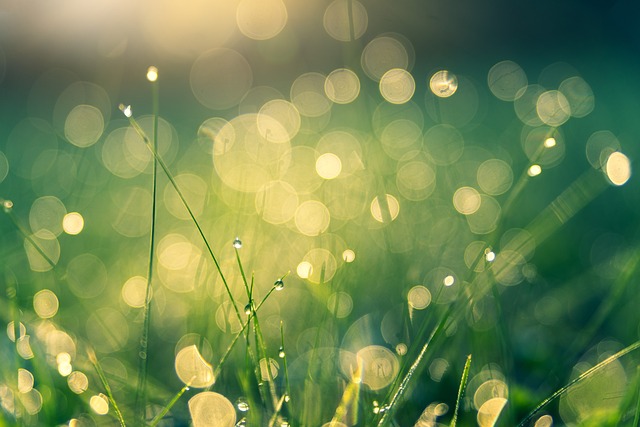Mastering Background Blur: A Photographer’s Guide to Layering Optics
In the world of photography, creating images that truly captivate often comes down to how you handle the layers within your frame. One of the most powerful techniques to add depth and focus to your shots is achieving the perfect background blur. This effect draws the viewer’s eye directly to your subject, offering a sense of intimacy and artistry. But how do photographers master this softly blurred backdrop using their camera and optics? Let’s dive into the nuances of layering optics to elevate your images.
The Art of Layering in Photography
Every photograph is essentially a combination of layers: the foreground, the subject, and the background. The interplay between these layers creates the visual narrative. The technique of background blur, often referred to as bokeh, helps isolate your subject by softening the layers behind it. With the right approach, you can manipulate optic elements to craft stunning images where each layer complements the other seamlessly.
Understanding Your Camera and Optics
At the heart of achieving beautiful background blur is the relationship between your camera and the lenses you choose. Prime lenses with wide apertures (think f/1.4 to f/2.8) are invaluable tools in this journey. Opening up the aperture allows more light to flood in, while shallowering the depth of field — resulting in that dreamy, creamy background blur photographers seek.
It’s not just the aperture; the focal length plays a crucial role in layering optics. Longer lenses compress the scene, enhancing the blur effect and giving your subject more prominence against a softly diffused background. Understanding these fundamental optical principles gives you the power to decide how your layers interact.
Practical Tips to Master Background Blur
- Choose the Right Lens: Lenses with wide apertures and longer focal lengths are your best friends for background blur.
- Mind the Distance: Position your subject closer to the camera and as far as possible from the background to intensify the blur effect.
- Experiment with Aperture: Use wider apertures to limit the depth of field, smoothly blurring the background and isolating your subject.
- Consider Lighting: Proper lighting can help separate layers naturally, enhancing the perceived depth created by the blur.
Embrace the Emotional Impact of Layered Imagery
When executed with intention, background blur does more than just separate the subject from its surroundings; it layers emotion and story in your images. There’s a sense of calm, focus, and subtle artistry that comes through when the layers are thoughtfully crafted. As photographers, mastering this technique allows us to communicate more than just a visual scene — we evoke feelings and memories, making each photo a tactile experience.
With patience, practice, and an understanding of your camera’s optics, you can transform simple snapshots into layered masterpieces. Dive into the world of background blur and discover how powerful layering can reshape the way you capture the world.



